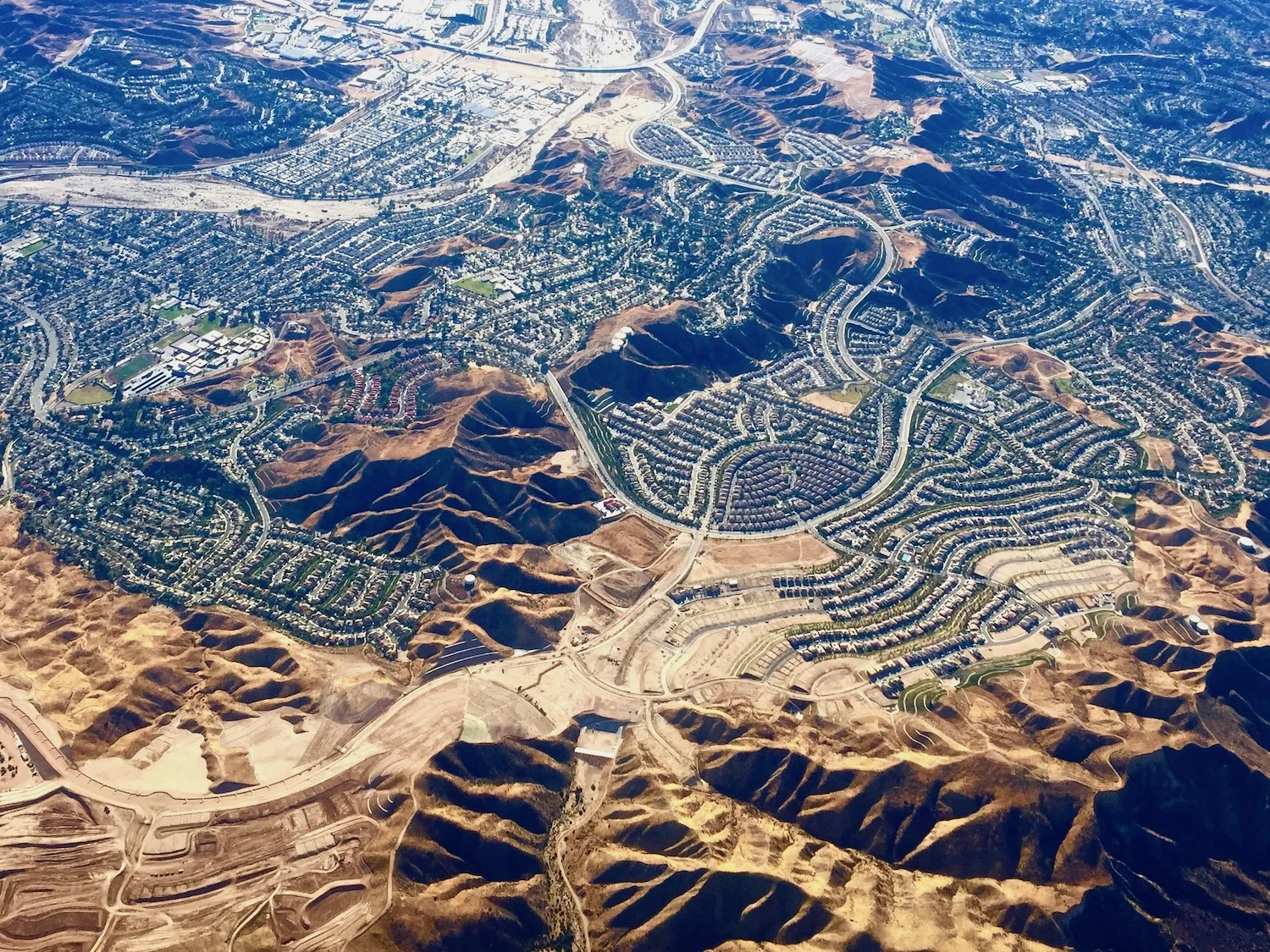Toxic Relationship
Many years ago, our friend, Tom, died of pancreatic cancer. He was in his mid-40s and had been a termite inspector since he was a teenager working with his father in the family’s pest control business. In those days, the poison of choice was chlordane, used for termite treatment in over 30 million American homes, liberally sprayed on corn and citrus crops, and widely used on lawns and home gardens. It bioaccumulates in animals, including humans, in adipose tissue and has a half-life of 30 years in soil, dust, and groundwater. It is associated with several forms of cancer, as well as diabetes, migraines, autism, respiratory and auto-immune diseases, anxiety, depression, confusion, blurry vision, and intractable seizures. It was banned as a pesticide about a year after Tom died.
It is unreasonable in the extreme to expect that we can command poison to kill selectively. And, in these end times of the Anthropocene, many of us who are westerners wishing to contribute to a viable future realize that, in order to do so, we must literally change our minds - reconfiguring them to reflexively prioritize the larger community of which we are only a small part. This means being vigilant about challenging our assumptions, our behavior and the way we use language. The terms ‘pest control’ and ‘infestation’ make me flinch; not just because of the poisons we have used but because we have been so quick to label anything (or anyone) that triggers our annoyance and fear as a pest to be destroyed. Like all hatred, species-ism destroys us along with the objects of our scorn. In the long run, who is the pest, anyway – the target or the poisoner?
I used to love Tom’s stories of what he found in the attics, basements, floorboards and closets of people’s houses when he did a termite inspection. He’d don his coveralls and go into all the dark and hidden places, flashlight and ski pole in hand, literally poking around as he searched for signs of people’s uninvited roommates. In addition to dry rot and droppings, there would be boxes of old photographs, memorabilia, sandwich glass, and sometimes valuables like silver cutlery or serving pieces, left by previous owners long dead. We easily forget that the structures we inhabit hold more secrets and more lives than our own.
When some recent remodeling revealed evidence of termite damage in my own home, I found myself wondering how to simultaneously protect the house and be in a respectful relationship with the termites. Luckily, the damage was minor. The local termite company does not use poison, only a saline compound that is harmless to humans, animals, soil or birds, though it does kill termites. I thought of Tom. I heard myself telling the pest control guy at my mother’s house not to spray the perimeter that day, explaining that we humans needed to change our relationship to the natural world or we’d all be dead. What, then, was my relationship with termites? And what does it mean to be in ‘right relationship’ to them, especially in light of the global insect apocalypse unfolding now?
Was I to ignore the termites and hope the house survived without too much damage? Was I to kill them as carefully as possible, whatever that means? I opted for ‘spot treatment’ with the saline solution, comforting myself that at least it wasn’t poison - except to the termites. Having made this choice, what is my obligation now, to the Termite People? Who are they?
Fortunately, an article had just appeared in the New Yorker magazine. Termites are relatives of the cockroach. They care for their young collectively, and, except for the moment of their birth, their kings and queens live in pairs, in dark holes, alone, for decades. They are the longest-lived of all insects. Of a total of 2,600 known species of termites, only 28 are considered ‘invasive pests’ and, collectively, outweigh humans ten to one. Noninvasive termites “are ecologically crucial, in irrigating land, protecting against drought and enriching the soil… in the course of a year, eleven pounds of termites can move about three hundred and sixty-four pounds of dirt (in the form of mud balls) and thirty-three hundred pounds of water (which they suck into their bodies).” Their mounds function as collective lungs and digestive systems, with behavioral wisdom that is passed down from generation to generation. “The entire mound – insects plus structure – is thus a living thing: a self-regulating, physiological and cognitive system, with a sense of its own boundaries, a memory, and a kind of collective intentionality.”
The capacity of termites to transform biomass into energy has now captured the interest of the Department of Energy, which is conducting experiments seeking to understand the secrets of termite digestion in hopes of one day producing one hundred billion gallons of biofuel – aka “grassoline” that would “reduce automobile emissions by 86%”. Hurray, and, alas: if we leapfrog over the sheer wonder of who and what termites are, and focus only on how to ‘harness’ that wondrousness for human needs, we risk something far greater than carbon emissions: the opportunity, as a species, to reclaim our kinship with all the beings whose home we share.

